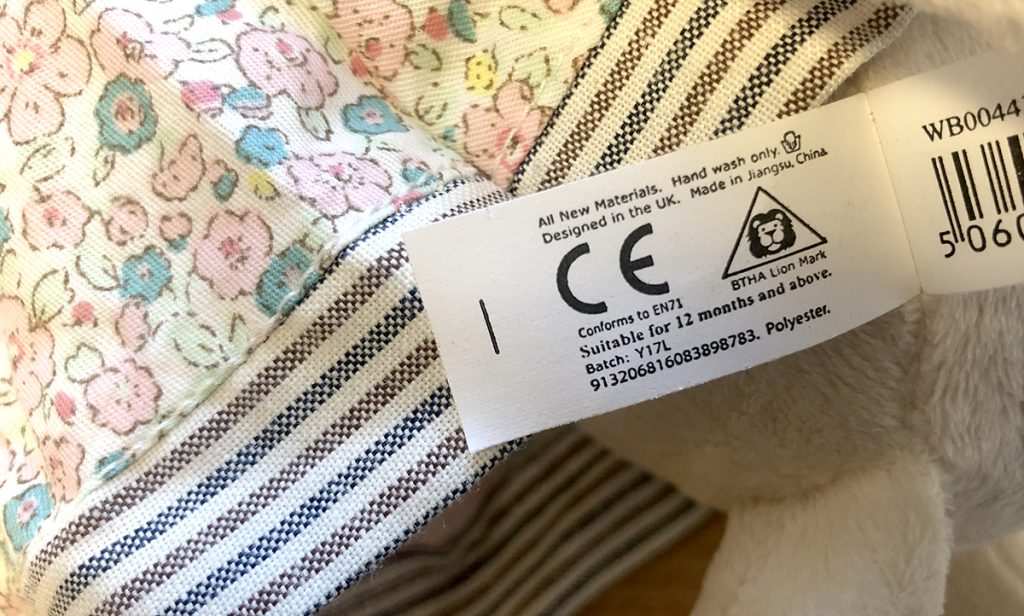Toy Safety Testing
We are often asked if our toys are safe – and understandably so when there are so many scary stories in the press about unscrupulous people selling the latest toy craze and not having it safety tested. All toys sold in the UK must meet the standards set out in the EN71 toys safety directive; toys must be safe and fit for purpose. Anybody manufacturing toys in the EU, importing toys into the EU, selling or distributing toys in the EU is responsible for ensuring this is the case.
When you buy from Mulberry Bush, you can rely on us that the toys we sell have undergone the necessary testing for the age we recommend them for.
We visit toy fairs around the world, searching for new products to delight your children and only buy from reputable suppliers, who have completed the relevant safety testing on their products. All our toys comply with the EN71 European Toy Safety regulations and, where appropriate carry the CE mark. EN71 covers the safety standards for toys for children up to the age of 14. The suitability of a toy is divided into an age range and warnings are given for toys that are unsuitable for children under three. The testing and legislation includes flammability, toxicity and safety marking. All of our wooden toys have non-toxic paints or stains and are lead free.
Age Recommendations
There are some instances, particularly for items for junior or older children, where the toy might have on the box a safety age and a recommended age. For example, a craft or science kit might be safety tested as being safe for a child over 3, but we’re recommending it for age 5+. So whilst it might be safe for a three year old, our experience (or that of the manufacturer) is that we suggest the item is better for children aged 5+. A younger child would probably not have sufficient dexterity, depth of knowledge or patience to complete the project. But that is not to say that sometimes a more advanced four year old would not be capable – so sometimes when it comes to selections based on age recommendation, parents should use their own judgement.
There are other instances too when toys might, for example, be safe for and recommended only for children aged 3+ as they contain small parts. But as a parent, if you know your child no longer puts items in their mouth (for example), it might be you consider them suitable for a bright 2 year old with adult supervision. We would never recommend items for children below the age they are safety tested for, but if you supervise your child and are confident in them, then you might choose to buy items that you feel your child is ready for. And if you then find they are not ready then our advice is to put them away in the cupboard until they are!
If you have any questions or concerns, please do not hesitate to email or phone us.
